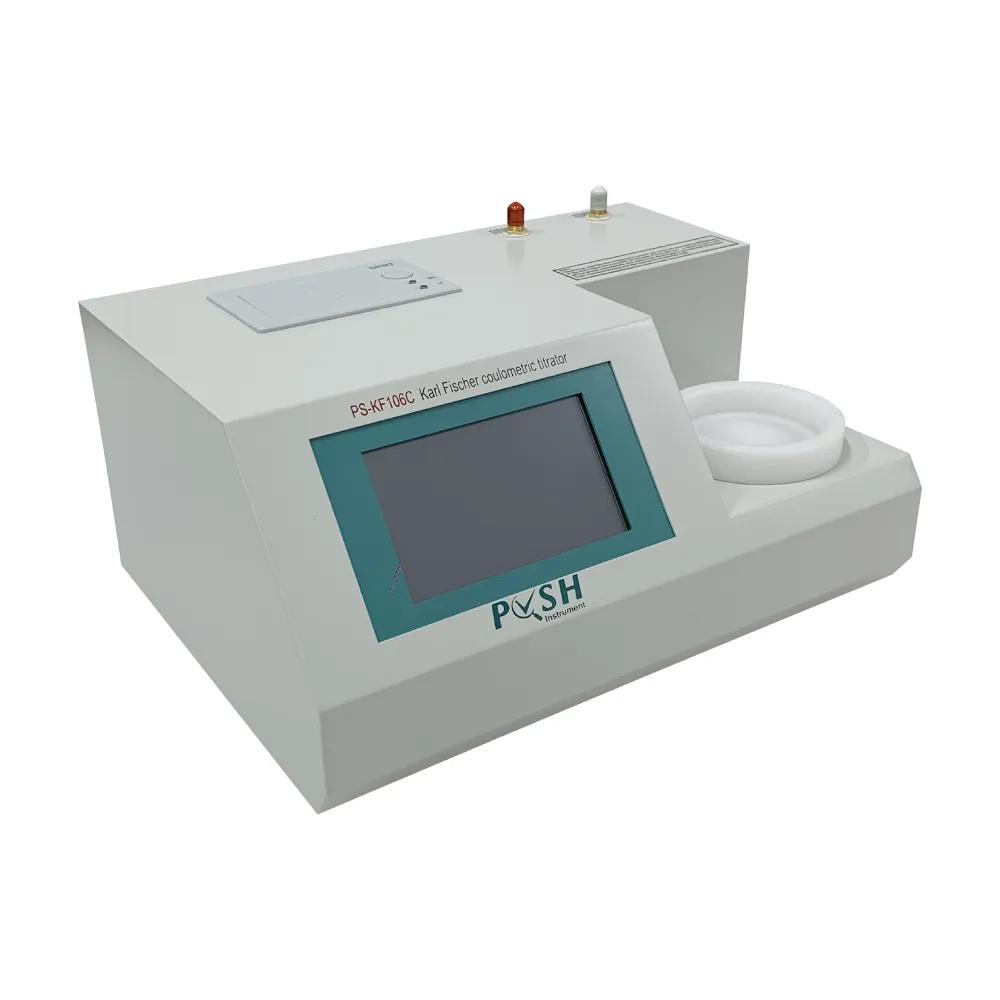 English
English


portable flash point tester
Understanding Portable Flash Point Testers An Essential Tool for Safety and Quality Control
In various industries, the safety and quality of flammable liquids are paramount. Whether in petroleum, chemicals, or food production, knowing the flash point of a liquid—defined as the lowest temperature at which it can vaporize to form an ignitable mixture in air—is crucial. This is where portable flash point testers come into play, providing a practical solution for on-site testing.
What is a Flash Point Tester?
Flash point testers are devices designed to accurately determine the flash point of liquids. The importance of this measurement lies in its application for safety regulations and handling procedures. For example, liquids with low flash points require specific safety measures during storage and transportation. Therefore, understanding the characteristics of these substances is vital for manufacturers, safety officers, and regulatory bodies.
Why Choose a Portable Flash Point Tester?
Traditional flash point testing methods often involve complex laboratory setups and lengthy procedures. Portable flash point testers, however, enable professionals to conduct tests in the field quickly and efficiently. These devices are compact, easy to use, and can provide immediate results, making them ideal for situations where time and accuracy are critical.
One significant advantage of portable testers is their versatility. They can be used in various settings, including refineries, chemical plants, and even during transportation to ensure compliance with safety standards. Portable testers empower workers to make informed decisions about handling and storing flammable materials, significantly minimizing risks and enhancing workplace safety.
How Portable Flash Point Testers Work
portable flash point tester

Most portable flash point testers employ either the closed cup or open cup method, the two primary testing techniques used in flash point determination. The closed cup method involves sealing the test sample and gradually heating it while an ignition source is introduced at intervals. The flash point is recorded as the lowest temperature at which a flash occurs. In contrast, the open cup method allows the sample to be exposed to the atmosphere, which can yield different flash point results.
Modern portable flash point testers are often equipped with digital displays and integrated software that enhances their usability and reliability. Users can capture results electronically, making it easier to record and analyze data over time. Many models also feature advanced safety measures, such as automatic shutdowns and alarms, to prevent accidents during testing.
Applications Across Industries
The versatility of portable flash point testers makes them invaluable across several sectors. In the petroleum industry, they assist in determining the safety of fuels and lubricants. In the chemical manufacturing sector, they ensure that products conform to industry regulations before they are shipped. Furthermore, food and beverage producers utilize flash point testing to guarantee the safety of alcohol-based ingredients.
Transport companies also rely on these devices to assess the flash points of liquids before loading them onto vehicles. By doing so, they can adhere to regulations set forth by organizations like the Department of Transportation (DOT) and ensure the safety of drivers and the public.
Conclusion
As industries continue to prioritize safety and compliance, portable flash point testers emerge as a critical tool in the arsenal of quality control and risk management. Their ease of use, quick results, and portability make them an essential asset for professionals working with flammable materials. In an environment where safety cannot be compromised, investing in a reliable portable flash point tester is not just a choice; it's a necessity for safeguarding lives and upholding industry standards. Through proper implementation of these testers, businesses can foster a culture of safety that resonates across the organization, ensuring long-term success and compliance in a challenging regulatory landscape.
-
Differences between open cup flash point tester and closed cup flash point testerNewsOct.31,2024
-
The Reliable Load Tap ChangerNewsOct.23,2024
-
The Essential Guide to Hipot TestersNewsOct.23,2024
-
The Digital Insulation TesterNewsOct.23,2024
-
The Best Earth Loop Impedance Tester for SaleNewsOct.23,2024
-
Tan Delta Tester--The Essential Tool for Electrical Insulation TestingNewsOct.23,2024





